Africa is the second-largest continent on the planet. It is home to approximately 1.3 billion people, spread out amongst 54 countries.
Not surprisingly, the continent’s indigenous peoples split into several African tribes, mainly based on the region concerned.
There are over 3000 different African cultures and tribes. These tribes have different customs, languages, and beliefs, which makes for fascinating exploration.
That’s not even accounting for the many ethnicities that have come to Africa through migration, whether from Europe and the West or the Near-, Middle- and Far East.
That said, this article is about the cultures of Africa and its amazing tribes. A huge diversity of people define Africa’s history and lore. Let’s take a look at just eleven of the major tribal cultures on the continent of Africa.
The 11 Most Iconic African Tribe Names & Cultures
Not all of these African cultures and tribes may be huge in number – at least not anymore.
Still, they are among the most well-known.
Hamar
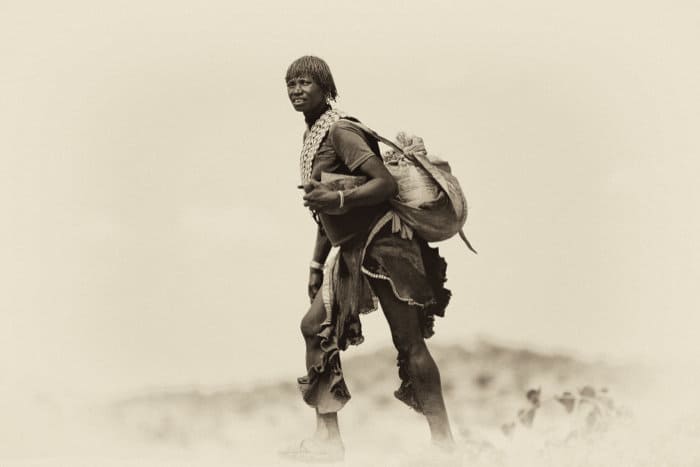
Most of the Hamar people from the beautiful country of Ethiopia inhabit a particular area in the Omo Valley district.
Though the precise numbers of Hamar today are uncertain, previous census data puts their number somewhere between 45 000 and 60 000.
The Hamar people are probably best known to outsiders as the tribe with the tradition of bull jumping. It is the coming-of-age ceremony for boys when they have to run across the backs of bulls to enter adulthood.
In this same ritual, women of the tribe will invite a ceremonial whipping to show their support for the boys. It is one of the fascinating African tribal customs that outsiders may not completely understand.
Himba
The Himba live in the northern part of Namibia and number around 50 000. Traditionally, they were one of the nomadic tribes of Africa. The primary language of the Himba is OtjiHimba.
Despite a history fraught with political and environmental disasters, the Himba people managed to survive.
They live remarkably traditional lives with little influence from modern living. This may be due to the harsh environment in which the tribe lives.
The tribe employs a system mainly based on clans. Members belong to both their father’s and their mother’s clans. Traditionally, the eldest male is the head of a family.
Karo
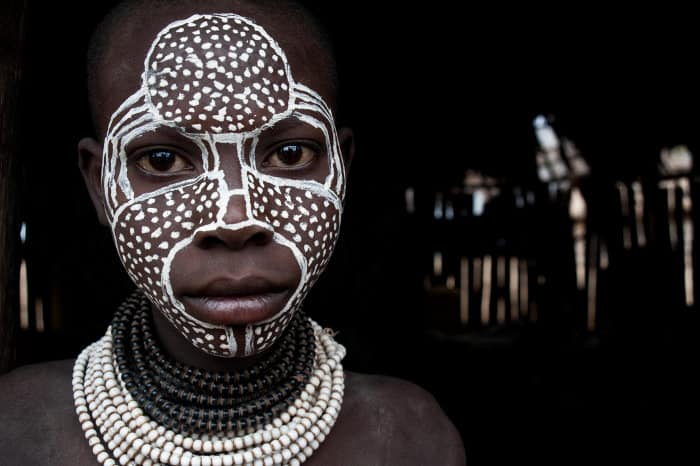
The Karo people of Ethiopia are possibly the smallest ethnically identified tribe in Africa at present, numbering under 2000.
Much of the Karo population suffered from a sleeping sickness epidemic (East African trypanosomiasis), a disease spread by the tsetse fly, at the end of the 1800s.
The Karo also practice the bull-jumping ceremony. They create elaborate body paint artwork and scarification patterns in their traditions. Tribespeople use ochre and animal fat in coloring, hair styling, and other rituals.
Like many other tribes in the Omo River region, planned modern developments in Ethiopia – like a dam project that would flood their homelands – threaten the Karo.
Maasai
The Maasai people live in Kenya and Tanzania, even though they originated in South Sudan.
They are one of the best-known African ethnic groups due to their proximity to some of Africa’s most famous game parks and reserves. In total, the tribe numbers around two million across the two countries.
Raw meat, blood, and milk are vital parts of a traditional Maasai diet. The traditional dress of the Maasai is also very distinctive, with long red and blue garments, beads, and headdresses standard for the culture.
Much of the original lands belonging to the Maasai became national parks under government developments. Some Maasai have also adopted a more modern lifestyle in parallel to older traditional groups.
Samburu
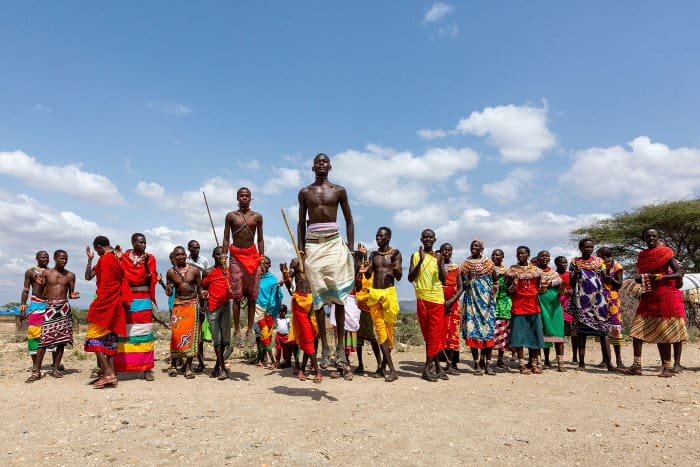
The Samburu people of Northern Kenya number around 350 000 and are semi-migratory. The land in that region is dry and harsh, and the tribespeople move around to secure feeding grounds and water for their cattle.
Interestingly, the Samburu and the Maasai share some common traits. They share a few similar customs like traditional dancing, and they do this in a remarkably similar way.
They also speak a language derived from Maa (the language of the Maasai), which sounds similar to the Kenyan dialect.
San
The San people live in Southern Africa – Angola, Botswana, Lesotho, Namibia, South Africa, Zambia, and Zimbabwe.
They are also commonly known as Bushmen. The San are actually a collection of several sub-tribes or groups, speaking Khoe, Tuu, or Kxʼa languages.
The San are among the oldest cultures of African tribes known to us – some say the oldest on the planet. It is a hunter-gatherer society.
Today, the San people and their descendants number around 10 million. They are also among the many nomadic African tribes – at least, traditionally.
One interesting aspect of San culture is the existence of a gift economy. In San culture, goods aren’t traded for money or other valuables. Instead, members regularly give each other gifts and share resources as necessary.
Southern Ndebele

Southern Ndebele or South African Ndebele are one of the smaller offshoots of the Nguni-speaking peoples of South and Southern Africa.
The modern-day tribe numbers around 700 000, living mainly in Gauteng, Limpopo, and Mpumalanga in northeastern South Africa.
The Northern Ndebele people (see below) live in Zimbabwe. While they share a name (and a distant shared ancestry), the two tribes are somewhat different today, speaking different languages and displaying differing cultural norms.
Ndebele artwork is also distinctive. The freehand painting is remarkably symmetrical, using straight lines and shapes, color, and traditional influences on walls, clothing, and other cultural items.
Northern Ndebele
The Northern Ndebele live predominantly in Zimbabwe (north of South Africa). Their language suggests a closer relationship to the Zulu nation than the Southern Ndebele.
In fact, the group splintered from the Zulu nation during a succession of wars called the Mfecane in the 1800s, settling in modern-day Zimbabwe.
Today the 2.5 million Ndebele people of Zimbabwe live primarily in or around the city of Bulawayo. They are the largest minority group in Zimbabwe and speak isiNdebele.
Xhosa

The Xhosa people are a large ethnic group in South Africa. They number around 8 million, a significant percentage of South Africa’s approximately 60 million people. Xhosa people settled primarily in the Eastern Cape and Western Cape provinces.
The Xhosa people are actually a collection of several smaller subtribes, all of whom speak the same Bantu-originated language, isiXhosa. It is the second most spoken home language in South Africa, after Zulu.
Xhosa culture bases its belief system on ancestor worship and spirituality. The belief system also includes a creator, who, along with ancestors, takes care of the people and their wellbeing.
Yoruba
As far as African tribes and culture go, Yoruba is undoubtedly one of the most iconic.
The Yoruba people inhabit Western Africa – predominantly the countries of Benin, Togo, and Nigeria. The influence of the Yoruba is widespread, reflected in the numbers of Yoruba people.
An estimated 35 million Yoruba people live across the region. It is undoubtedly one of the largest ethnic groups in Africa.
Yoruba craftsmanship is highly regarded in the areas of smithing, textiles, glass making, and wood carving. Scholars consider the Yoruba skills in these areas the best on the continent.
For the Yoruba, the city of Ife in Nigeria is sacred. This is the center of the world and the universe. It is also where the gods descended to earth and where 401 deities currently reside for Yoruba people.
An interesting side-fact: Some historians theorize that the Yoruba’s ancient origins may have roots in Saudi Arabia.
Zulu
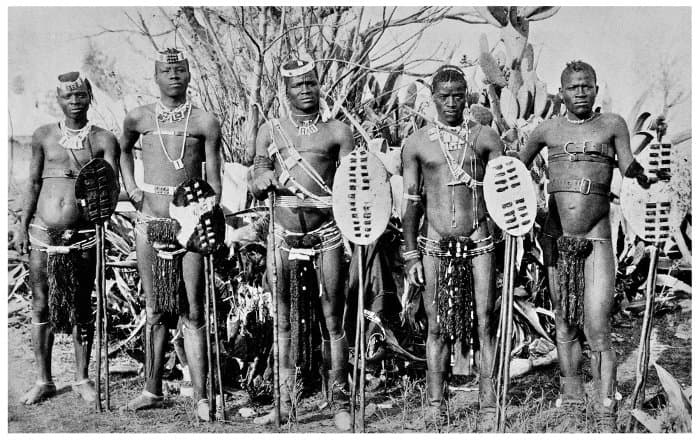
The Zulu nation is the largest of the South African tribes, numbering around 12 million people. Zulu people live predominantly in KwaZulu-Natal, although a significant number also reside in the Gauteng region.
The Zulu can claim to possess one of the most descriptive African tribe names. “The people of the heavens” (The word “Zulu” means “sky”) are well-documented in colonial history.
Famously, under King Shaka, the Zulu engaged in a number of wars with surrounding tribes and later the British Army in the 1800s.
Traditional Zulu spirituality involves paying homage to ancestors, sometimes through animal sacrifice. You can tell a lot by the traditional clothing worn by Zulu people. For example, whether an individual is married, single, or of royalty.
The Cultures and Tribes in Africa are Fascinating
With so many different cultures in Africa, being bored with the continent and its people is not possible.
You’re likely to find a community connected to a traditional African tribal culture anywhere you go in Africa. Many indigenous African tribes are happy to share their stories and ancient African traditions with visitors.
The best part is that the native African tribes will differ significantly, depending on which part of Africa you choose to visit.
You can find out more about these tribes on a fact-finding safari – why not book a safari deal now?

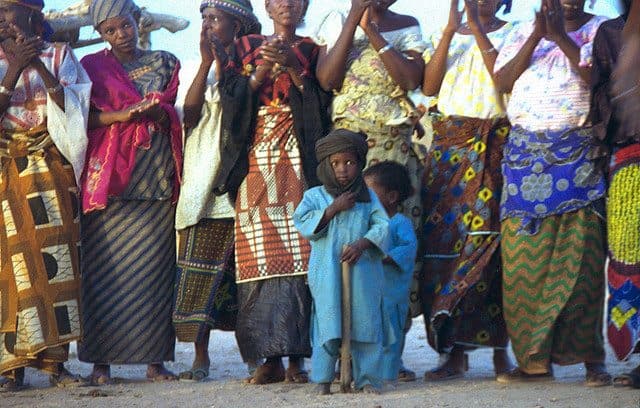
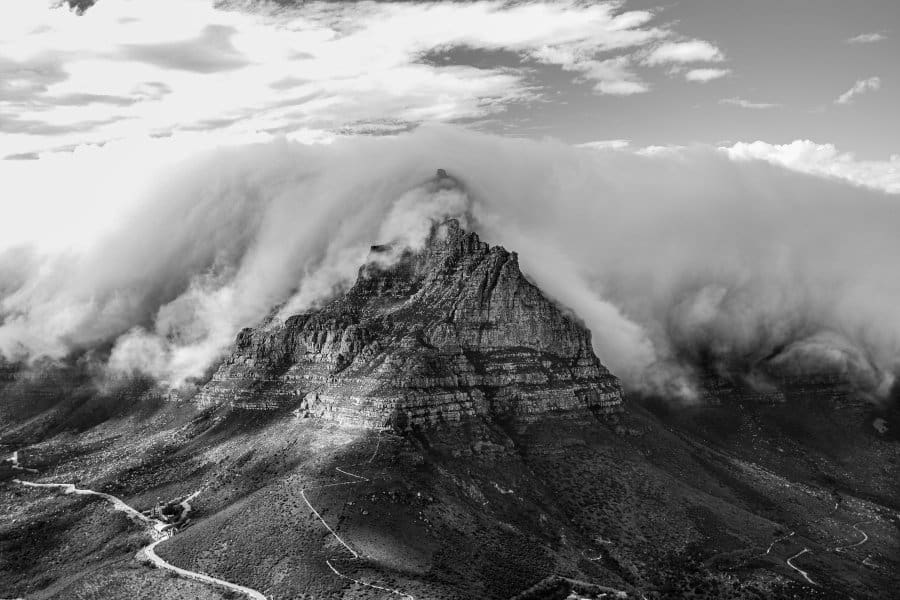
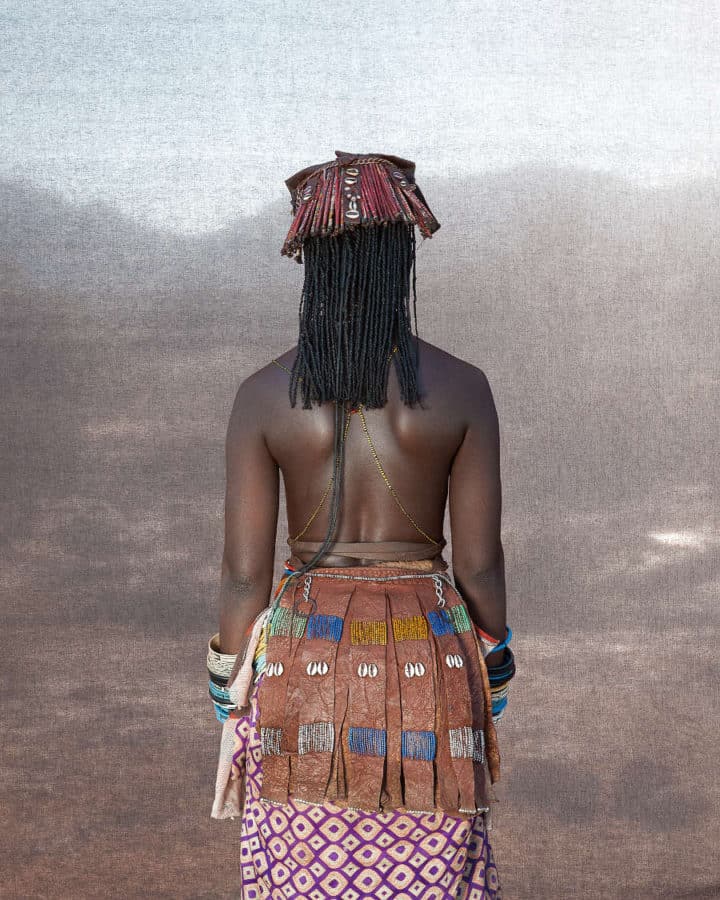
There is a tribe that paint their face orange, they have white teeth and never brush them and have no paradental issues. What is the name of this tribe?
Not sure, Dana.
Are you perhaps referring to the Himba tribe?